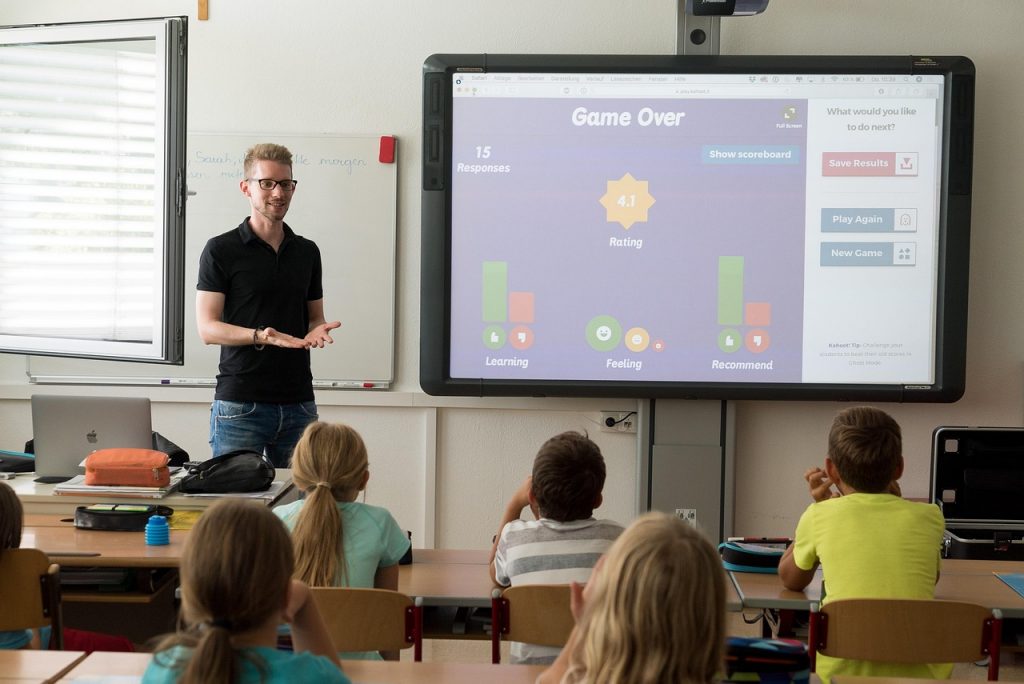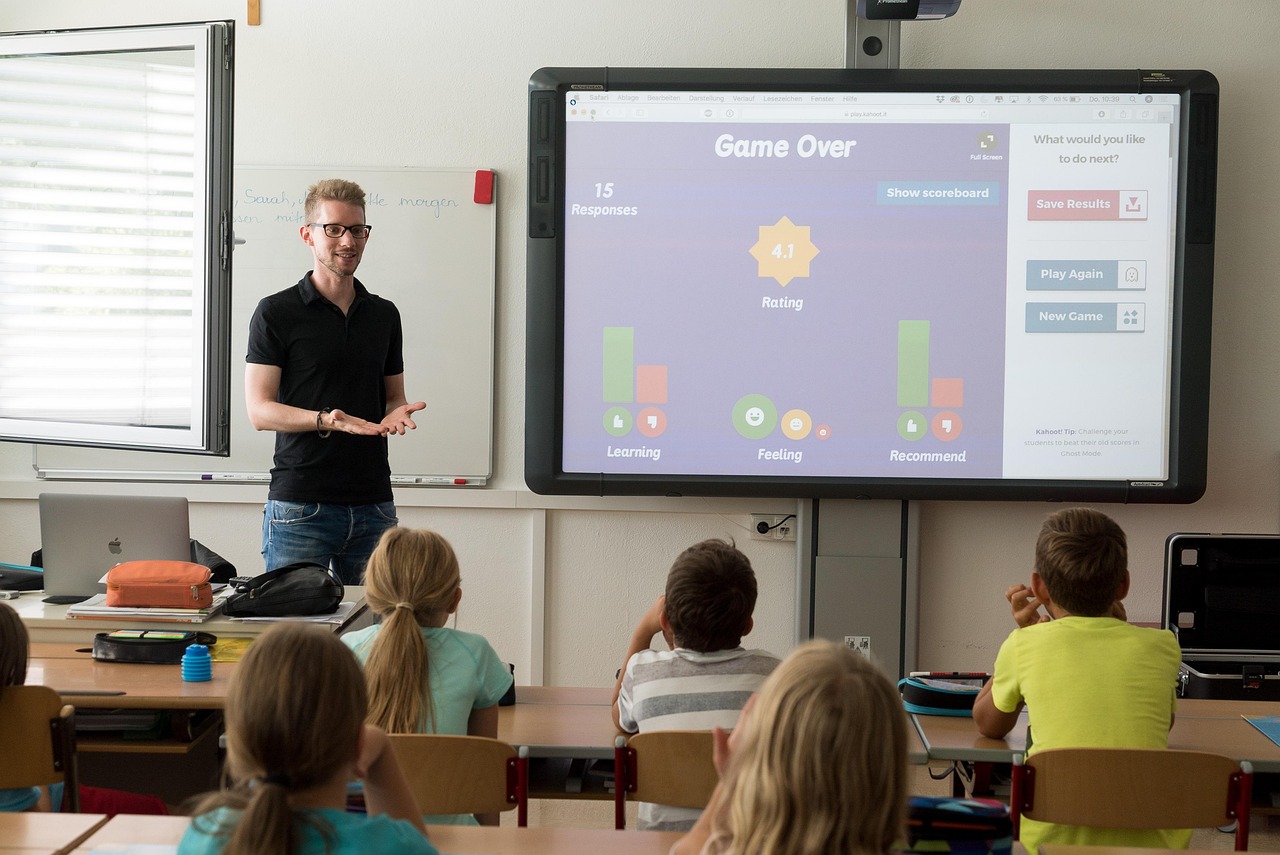In the rapidly evolving landscape of the 21st century, technology has emerged as a transformative force across various sectors, with education standing out as one of the most profoundly impacted. The integration of technology into modern education has revolutionized the way knowledge is delivered, accessed, and absorbed. From smart classrooms and virtual learning environments to AI-powered tutoring systems and mobile learning apps, technology has significantly expanded the possibilities of education beyond traditional boundaries.
Bridging the Access Gap
One of the most significant contributions of technology in modern education is its role in democratizing access to learning. Students from remote and underserved areas, who were once limited by geographical or financial constraints, can now access high-quality educational resources online. Platforms like Khan Academy, Coursera, and edX offer free or affordable courses from prestigious institutions, enabling learners to pursue academic and professional development regardless of their location.
This accessibility has been especially crucial during crises such as the COVID-19 pandemic. When schools and universities shut their doors, online learning platforms became lifelines for continued education. Video conferencing tools, cloud-based learning management systems, and collaborative software ensured that education did not come to a halt, highlighting the indispensable role of technology in ensuring continuity.
Enhancing Engagement and Interactivity
Traditional classrooms often rely heavily on textbooks and lectures, which may not cater to all learning styles. Technology addresses this limitation by offering diverse formats such as videos, interactive simulations, games, and virtual reality (VR) experiences. These tools cater to visual, auditory, and kinesthetic learners, making education more inclusive and engaging.
For instance, a history lesson can come alive through virtual tours of historical sites, while science concepts can be understood better with 3D simulations of chemical reactions or anatomical structures. This kind of immersive learning not only enhances understanding but also boosts student motivation and curiosity.
Personalized Learning Experiences
One of the most remarkable advantages of technology in education is its ability to offer personalized learning experiences. Adaptive learning technologies use data analytics and artificial intelligence to assess a student’s strengths and weaknesses, then tailor content and pacing accordingly. This individualized approach ensures that students receive the support they need, whether they are struggling or excelling.

Learning platforms like Duolingo or DreamBox adjust the difficulty of lessons in real-time based on user performance. This kind of customization helps in maintaining student interest, reducing frustration, and maximizing learning outcomes.
Improving Teacher Efficiency
Technology also empowers educators by streamlining administrative tasks and enhancing instructional methods. Tools such as automated grading systems, digital attendance trackers, and virtual classrooms reduce the time teachers spend on paperwork, allowing them to focus more on student engagement and development.
Additionally, technology enables teachers to access vast online repositories of teaching materials, collaborate with peers globally, and continuously upgrade their skills through online training programs and webinars. Educational software can also provide real-time analytics on student performance, helping educators to identify learning gaps and adjust their teaching strategies accordingly.
Facilitating Lifelong Learning
In today’s fast-paced world, learning is no longer confined to the early stages of life. Professionals must continually upgrade their skills to stay relevant. Technology supports this by providing flexible, on-demand learning opportunities through MOOCs (Massive Open Online Courses), podcasts, eBooks, and more. Whether it’s a full-time employee learning coding after work or a retiree exploring art history, the availability of digital learning tools ensures that education is a lifelong journey.
Challenges and Considerations
Despite its many benefits, the integration of technology in education is not without challenges. The digital divide remains a major issue, with many students lacking reliable internet access or devices. Moreover, there are concerns regarding data privacy, screen time, and the potential for reduced social interaction.
To fully harness the benefits of technology, educators and policymakers must ensure equitable access to devices and connectivity, implement robust cybersecurity measures, and strike a balance between online and offline activities. Teacher training is also essential to ensure that technology is used effectively and not just as a superficial add-on.
Technology has undeniably reshaped modern education, making it more accessible, personalized, and engaging than ever before. While challenges remain, the potential for innovation and improvement is immense. By thoughtfully integrating technology into educational practices and policies, we can create learning environments that not only accommodate the needs of the present but also prepare students for the demands of the future. As technology continues to evolve, so too will the ways we teach and learn—opening doors to a more informed, connected, and empowered global community.
